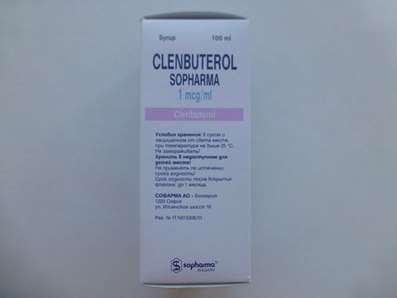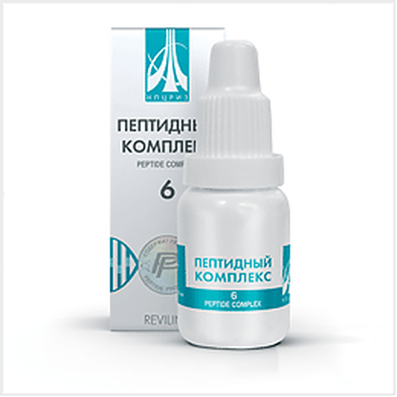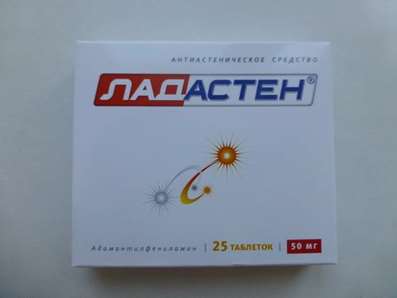ATP - Adenozin Tri-Fosfornaya acid
30 Nov 2016
ATP (adenosine triphosphate: the adenine connected with three phosphatic groups) - a molecule which is a power source for all processes in an organism, including for movement. Reducing muscle fiber happens in case of simultaneous splitting of molecule ATP therefore energy which goes for reducing implementation is emitted. In an organism of ATP it is synthesized from inosine.
Shall pass ATP through several steps to give us energy. At first by means of special coenzyme one of three phosphates (each of which gives ten calories) separates, energy is released and adenosine diphosphate (ADF) turns out. If it is required to energy more, then the following phosphate separates, creating adenosine monophosphate (AMF). Glucose which in a cage is initsialno split and cytoevils is the main source for production of ATP.
During rest there is the return reaction – by means of ADF, a phosphagene and a glycogen the phosphatic group joins a molecule again, creating ATP. For these purposes from inventories of a glycogen glucose undertakes. Newly created ATP is ready to the following use. In effect ATP works as the molecular battery, keeping energy when it isn't necessary, and releasing in case of need.
Structure of ATP
Molecule ATP consists of three components:
1. A ribose (the same five-carbon sugar that creates DNA basis)
2. Adenine (the connected atoms of carbon and nitrogen)
3. Triphosphate
The molecule of a ribose is located in the center of molecule ATP which edge forms base for adenosine. The chain of three phosphates is located on the other side of a ribose molecule. ATP saturates the long, thin fibers containing the protein called by a myosin which creates a basis of our muscle cells. One of the Best drug is Oftalamin.
The ATP systems
Consecutive inclusion of power systems during performance of exercises
Reserves of ATP are enough only for the first 2-3 seconds of physical activity, however muscles can work only in the presence of ATP. For this purpose there are special systems which constantly synthesize new molecules ATP, they join depending on loading duration (see the drawing). These are three main biochemical systems:
1. Phosphagene system (Creatine-phosphate)
2. System of glycogen and lactic acid
3. Aerobic breath
The phosphagene system
When short, but intensive activity (about 8-10 seconds) is necessary to muscles, the phosphagene system is used – ADF connects from creatine phosphate. The phosphagene system provides continuous circulation of small amount of ATP in our muscle cells. Muscle cells also contain high-energy phosphate – phosphate of creatine which is used for restoration of the ATP level after short-term, high-intensity work. Enzyme creatine the kinase takes away phosphatic group from creatine of phosphate and quickly transfers her to ADF for ATP formation. So, the muscle cell turns ATP into ADF, and the phosphagene quickly restores ADF to ATP. Level of creatine of phosphate begins to decrease in 10 seconds of high-intensity activity. The example of use of phosphagene system of power supply is sprint on 100 meters.
The system of glycogen and lactic acid
The system of glycogen and lactic acid supplies organism with energy more slowly, than the phosphagene system, and provides enough ATP approximately for 90 seconds of high-intensity activity. During process of glucose of muscle cells anaerobic metabolism is resulted by formation of lactic acid.
Considering the fact that in anaerobic state the organism does not use oxygen, this system gives short-term energy without activation of cardio respiratory system as well as aerobic system, but with saving of time. Moreover, when work in the anaerobic mode of muscle quickly, they are very powerfully reduced, blocking intake of oxygen as vessels are compressed. Still it is possible to call this system anaerobic and respiratory, and the 400-meter sprint will serve as good example of work of organism in this mode. To continue to work usually thus the muscular morbidity resulting from accumulation of lactic acid in fabrics does not give to athletes.
Aerobic breath
If exercises last more than two minutes, the aerobic system gets into gear, and muscles receive ATP from carbohydrates, then from fats and at last from amino acids (proteins) in the beginning. The protein is used for receipt of energy generally in the conditions of hunger (a diet in certain cases). In case of aerobic breath production of ATP takes place most slowly, but energy turns out enough to maintain physical activity for several hours. It occurs because glucose breaks up to carbon dioxide and water freely, without experiencing counteraction from, for example, lactic acid, as in case of anaerobic work.

 Cart
Cart





